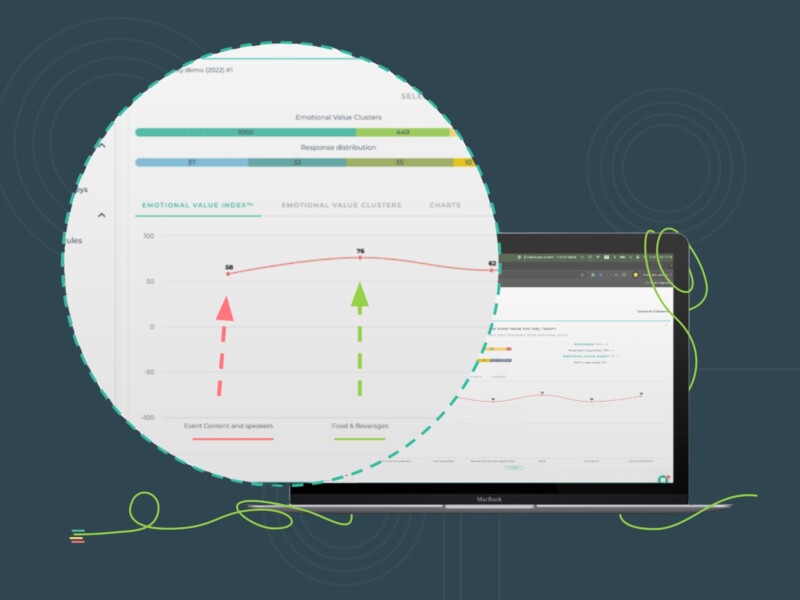What is 360-degree feedback?
360-degree feedback is a tested method of improving productivity and job satisfaction. Responses to a questionnaire usually provided via the internet and automated, help employees see themselves as others would see them and provide vital information also for managers. Generally, 8 to 15 people give feedback. The resulting report encourages the people to be assessed to capitalize on their strengths and points out areas to make changes. Most 360-degree feedback programs are strategic initiatives. The 360-degree feedback programs are designed to support increased competitive advantage, development of leaders, increases in productivity, improved morale and job satisfaction, and retention of high-performing employees. Such programs often begin by assessing the senior leadership and then migrate to managers and frontline employees.
Here’s how it works
A questionnaire is developed or purchased from a company that has items related to job functions like listening, communication, planning, decision-making, interpersonal relationships, job knowledge, flexibility, goal-setting, teamwork, time management, character, and leadership. Sample items might be, “follows through on commitments”, “makes needed adjustments in own behavior” and “sets priorities”.
Rating scales vary by questionnaire and by the question. On some questionnaires, raters are asked to indicate whether the item ranks “not at all true, a little true, somewhat true, mostly true or completely true” relative to the employee. On others, raters are asked to indicate whether each item is a “strength” or “development needed” for the employee.
Questionnaire items and rater attention should focus more on behaviors and competencies than on basic skills, job requirements, and performance objectives, which are usually addressed during performance appraisals. Feedback is usually gathered from four to eight of an employee’s subordinates, peers and supervisor(s); the employee also completes a self-assessment. Some organizations include feedback gathered from an employee’s customers, vendors, or other external stakeholders. Feedback is usually reported by categories of raters such as self, supervisor(s), peers, direct reports, etc. Information is confidential and some, if not all of it, is anonymous. Human resource professionals may or may not be involved, depending on the organization and how systemic the feedback initiative is.
Employees report that 360-degree feedback more accurately reflects their performance than feedback received from a single individual. This comprehensive circle of feedback helps employees understand how their behaviors, attitudes, and skills are perceived by others; the feedback helps employees understand their strengths and areas for growth. Together, employees and their supervisors use the feedback to identify the need for training and create a professional development plan to enhance their career growth. The best way to learn about an employee is by seeing the way all those that work with the employee on a daily bases view the person. Just because a person is present at work every day and is fun to have around does not mean they are pulling their share of the workload. Using an anonymous system like the 360 Degree Feedback form that allows coworkers and managers the chance to speak the truth will give you the feedback you need to ensure you have employees that actually are part of the team instead of just dead weight that is making everyone else work harder.
Your employees need to nurtured and help them grow as your customers do too. By using the 360-Degree Feedback, you will be able to gather the information you need to decide whether an employee should be promoted or should be sent to the unemployment line. Simple as that.
Would you like to try for yourself? It is free, so go for it! Learn more about how Feedbackly can help you here.
– Jaakko



